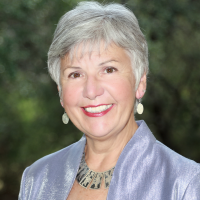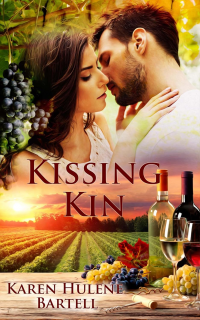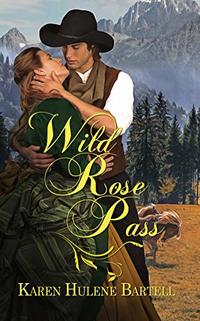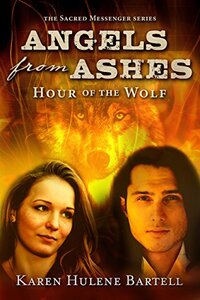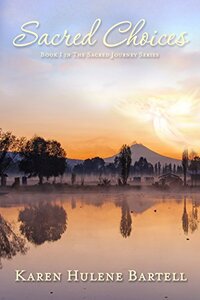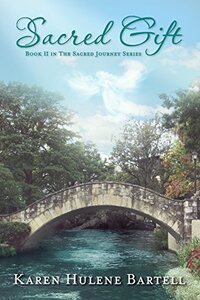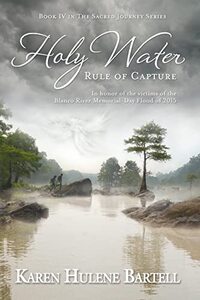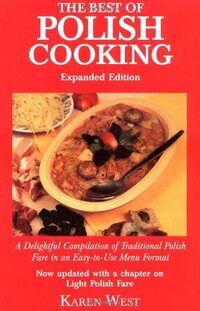Karen Hulene Bartell Interview Published on: 22, Apr 2024
 What inspired you to write stories steeped in the supernatural and multicultural themes?
What inspired you to write stories steeped in the supernatural and multicultural themes?
An only child, I began writing my first novel at the age of nine, learning the joys of creating my own happy endings. Ghost stories kept me up at night—reading feverishly. The paranormal was my passion. As a result, I write multicultural, suspense stories steeped in the supernatural with a smack of offbeat romance--the types of books I want to read with spooky elements that make my neck hairs tingle. As I penned in ANGELS FROM ASHES: HOUR OF THE WOLF, "True love is like a ghost. Many believe in it, but few encounter it."
How do you balance the supernatural elements in your stories with real-world cultural references?Supernatural refers to anything beyond the norm, anything that can’t be rationalized by science. Ghosts definitely fit the bill, but so do many other beings--or magic or extrasensory perceptions, such as telepathy, psychokinesis, precognition, or psychometry.
I set my paranormal romance novels in the real world…but with a little more than meets the eye. Just out of sight—or sometimes in plain sight—ghosts, shapeshifters, demons, angels, vampires, psychics, mediums, fae folk, zombies, and telepaths also inhabit this world. If you remove the paranormal element--the ghost, shapeshifter, et cetera--what’s left is the normal world.
I like ghosts. Many—If not most—of my novels include a ghost, but I also like cryptids, such as bigfoot, kitsunes, chupacabras, Jersey Devil, Wendigo, et cetera. Keep in mind, the characters of paranormal romances are the most significant feature—regarding both protagonists and the antagonists. To do that, I create backstories for each character—then refer to them often.
The settings for my paranormal romances are haunted houses or lonely country towns where neighbors are few and far between. Or the locales are isolated mountains or megacities. My supernatural love stories have spookier atmospheres, and the moods are darker than rom coms.
I create supernatural worlds that feel as real as this one with their own laws, histories, and constructs. Consistency is crucial, but worldbuilding can’t dwarf the human experience—human emotions, conflicts, or motivations—because readers must relate to the story’s characters and events.
I balance the supernatural elements in my stories with real-world cultural references by finding that happy medium between the normal and paranormal, where readers can suspend their disbelief yet bond with the characters.
Can you share a bit about your writing process? How do you approach crafting your stories?Have to admit, I’m a pantser. I begin by creating backstories for each of the story’s characters, as well as for the ghost, shapeshifter, demon, angel, etc. I create a mythology that my readers never see, but that guides my paranormal characters’ actions and dialogue.
I refer constantly to the backstories to keep my narrative consistent and my characters on track. I try to hook the readers’ attention at the start with fast-faced action—a car accident or slip on a mountainside.
Despite the paranormal aspects, I create a credible world. Then I build suspense through foreshadowing as I gradually develop conflict.
Throughout, I establish a frisson between the romantic couple, then weave all the elements together, tie up all mysteries and loose threads, and try to end my story with a bang.
Your books often feature strong female protagonists. What draws you to writing about empowered women?Since I relate best to women, I usually (but not always) write from a woman’s POV. Who wants to read about weaklings, male or female? I’m drawn to strong female protagonists because I admire empowered women.
Living in the Texas Piney Woods seems like a rich setting for storytelling. How does your environment influence your writing?The charming Texas towns, rolling hills, and majestic forests of the Piney Woods definitely influence my writing, as well as the local legends and folklore. My WIP features a Texas Rougarou.
Your book titles are intriguing and evoke a sense of mystery. How do you come up with them?I keep a running list of titles that come to me at odd times—when I’m walking the dog, driving, or shopping for milk. (I admit to loving alliteration: Seven Summers, Cats and Cactus, Sacred Stone.) Each time I begin another book, I scour that list for ideas, then word play, using those words as the basis for the next title.
For a series title, for example, I might use Saline Series--think salt—briny—brackish. Then I brainstorm:
TITLE: Salt of the Earth TITLE: Worth His/Her Salt TITLE: [With a] Pinch of Salt TITLE: Salt and Pepper--Differing Couples: old/young, different races/types/personalities TITLE: Salt Away TITLE: [Rub] Salt in the Wound TITLE: [Throw] Salt Over His/Her Shoulder TITLE: Old Salt--Brackish Mariner
Many of your books have a holiday theme. What attracts you to writing holiday stories?Christmas always captures my imagination. It’s such a magical season that I can’t resist writing holiday stories.
Your stories often incorporate animals. Can you tell us about the role animals play in your writing?I love animals—always have. I work with the local Animal Center, and my muse/mews are three rescued cats and a rescued _Cat_ahoula Leopard dog.
What do you hope readers take away from your book, “Holy Water: Rule of Capture”?HOLY WATER: RULE OF CAPTURE is a story of drought, water wars, corporate conspiracy, and record-breaking floods. It is based on true events surrounding the 2015 Memorial Day Flood of the Blanco River in central Texas.
As a motivational keynote speaker, how does your speaking experience inform your writing, if at all?The only way my speaking experience informs my writing is if I take informal polls of the audience to help determine preferred aspects of the current WIP.
Your book "Kissing Kin" explores family secrets. What draws you to this theme?KISSING KIN is the sequel to WILD ROSE PASS—but four generations later. Though both books are standalones, I’m drawn to family secrets because every family has its own innate mysteries. It’s a universal theme to which we can all relate.
Can you share any upcoming projects or works-in-progress that your readers can look forward to?FOX TALE is a paranormal romance about finding love amidst time shifts and shapeshifters that’s being released this month.
Heights terrify Ava. When a stranger saves her from plunging down a mountain, he diverts her fears with tales of Japanese kitsune—shapeshifting foxes—and she begins a journey into the supernatural.
She’s attracted to Chase, both physically and metaphysically, yet primal instincts urge caution when shadows suggest more than meets the eye.
She’s torn between Chase and Rafe, her ex, when a chance reunion reignites their passion, but she struggles to overcome two years of bitter resentment. Did Rafe jilt her, or were they pawns of a larger conspiracy? Are the ancient legends true of kitsunes twisting time and events?
How do you approach research for your novels, especially when dealing with supernatural or cultural elements?I start researching supernatural or cultural elements online. Once I have a basic feel for the subject matter, I travel to the locale and engage everyone I can regarding their personal experiences or supernatural/cultural stories they’ve heard.
You mention being a "pilgrim of life" in your bio. How does this philosophy influence your writing and your approach to storytelling?That’s easy—traveling gives me the best ideas. Airports, cruises, road trips—you name the mode of travel—trekking inspires ideas like nothing else. Sights, sounds, scents, regional cuisine, local lore, and history all conspire to inspire.
Share Karen Hulene Bartell's interview
Karen Hulene Bartell is a captivating storyteller renowned for her best-selling novels such as "Kissing Kin," "Fox Tale," and "Wild Rose Pass." Beyond her literary prowess, Dr. Bartell is a motivational keynote speaker who inspires audiences with her insightful perspectives on life's journey. Alongside her roles as a wife and a seeker of life's deeper truths, she calls the Texas Piney Woods home, finding inspiration in its natural beauty and rich cultural heritage.
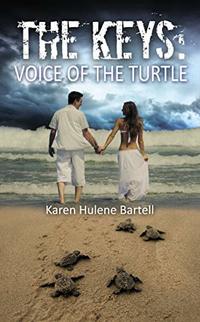 The Keys: Voice of the Turtle (Sacred Emblems)
Genre: Supernatural Suspense, Paranormal Romance, Women's Fiction, Literary Fiction, Christian Fiction, Fantasy
The Keys: Voice of the Turtle (Sacred Emblems)
Genre: Supernatural Suspense, Paranormal Romance, Women's Fiction, Literary Fiction, Christian Fiction, Fantasy
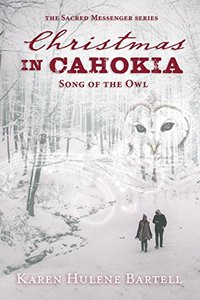 Christmas in Cahokia: Song of the Owl (The Sacred Messenger Series Book 2)
Genre: Supernatural Suspense, Romantic Suspense, Paranormal Romance, Women's Fiction, Literary Fiction, Christian Fiction, Fantasy
Christmas in Cahokia: Song of the Owl (The Sacred Messenger Series Book 2)
Genre: Supernatural Suspense, Romantic Suspense, Paranormal Romance, Women's Fiction, Literary Fiction, Christian Fiction, Fantasy
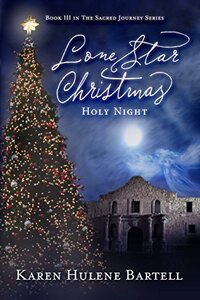 Lone Star Christmas: Holy Night (The Sacred Journey Series Book 3)
Genre: Contemporary Romance, Romantic Suspense
Lone Star Christmas: Holy Night (The Sacred Journey Series Book 3)
Genre: Contemporary Romance, Romantic Suspense
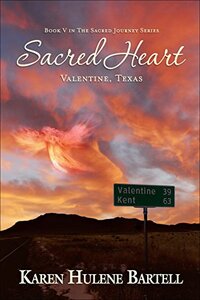 Sacred Heart: Valentine, Texas (The Sacred Journey Series Book 5)
Genre: Supernatural Suspense, Paranormal Romance
Sacred Heart: Valentine, Texas (The Sacred Journey Series Book 5)
Genre: Supernatural Suspense, Paranormal Romance
